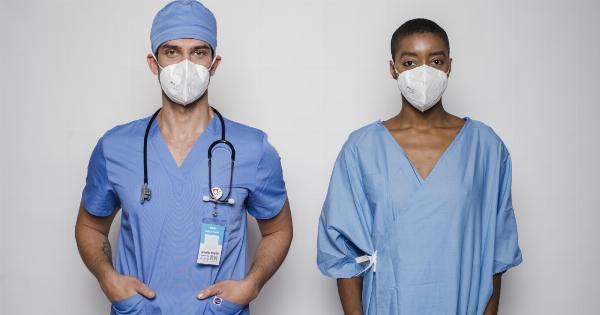Varicose veins are unsightly, swollen, and twisted veins that are easily visible on the legs. They are not only aesthetically displeasing, but they can also cause discomfort, pain, and even serious medical conditions such as blood clots and ulcers.
Many people who have varicose veins try to deal with them using home remedies or non-invasive treatments, but the truth is that surgery is the only way to effectively and permanently get rid of varicose veins.
What are Varicose Veins?
Varicose veins occur when the veins in the legs become swollen, twisted, and enlarged. The veins have valves inside of them which normally help to prevent the blood from flowing backwards.
When these valves become damaged or weak, the blood begins to pool inside the veins, causing them to bulge and expand. As a result, varicose veins become visible under the skin, and they can cause aching, pain, and discomfort in the legs.
What Causes Varicose Veins?
There are several factors that can increase your risk of developing varicose veins. These include:.
- Age
- Gender (women are more likely to develop varicose veins than men)
- Pregnancy
- Obesity
- Sitting or standing for long periods of time
- A family history of varicose veins
- A sedentary lifestyle
Varicose veins are also more common in people who have a history of blood clots.
Non-Surgical Treatments for Varicose Veins
There are several non-surgical treatments that are often recommended for varicose veins:.
- Compression stockings: these tight stockings help to improve blood flow in the legs and reduce the swelling and discomfort associated with varicose veins.
- Lifestyle changes: losing weight, exercising, and avoiding sitting or standing in one position for long periods of time can all help to alleviate the symptoms of varicose veins.
- Sclerotherapy: a chemical is injected into the vein, which causes it to collapse and eventually disappear. However, this treatment is only effective for small, surface-level veins.
- Laser treatment: a laser is used to heat and collapse the vein. However, this treatment is also only effective for small veins.
Why Surgery is Necessary
While non-surgical treatments may provide some relief for the symptoms of varicose veins, they are not a permanent solution. Surgery is the only way to completely eliminate varicose veins and prevent them from coming back.
The Surgical Procedure
The most common surgical procedure for varicose veins is called vein stripping. This procedure involves making small incisions in the skin above the affected vein, and then using a thin, flexible wire to pull the vein out of the leg.
Once the vein is removed, the incisions are closed with stitches.
Another surgical option is endovenous laser ablation (EVLA). This procedure involves inserting a thin catheter into the vein and using laser energy to heat and collapse the vein. The vein then gradually shrinks and disappears.
The Benefits of Surgery
Surgery is an effective, permanent solution for varicose veins. By completely removing the affected vein, surgery eliminates the risk of the vein becoming swollen or painful again in the future.
Surgery can also alleviate the discomfort and pain associated with varicose veins, and improve the appearance of the legs.
Risks and Side Effects
As with any surgical procedure, there are risks and side effects associated with varicose vein surgery. These include:.
- Infection
- Bleeding
- Swelling
- Bruising
- Scarring
- Nerve damage
- Blood clots
- Recurrence of varicose veins
However, these risks are relatively rare, and most people who undergo varicose vein surgery have a smooth and successful recovery.
Preparing for Surgery
If you are considering varicose vein surgery, your doctor will conduct a thorough evaluation to determine whether surgery is necessary. You will likely need to undergo some tests, such as an ultrasound, to determine the severity of your varicose veins.
You will also need to prepare for surgery by following your doctor’s instructions.
This may include avoiding certain medications, not eating or drinking for a certain period of time before the surgery, and arranging for someone to drive you home after the procedure.
Recovery
Varicose vein surgery is usually performed on an outpatient basis, meaning you will be able to go home the same day as the surgery.
You may experience some pain, swelling, and bruising in the days following the procedure, but this can usually be managed with over-the-counter pain medication and rest.
You will need to wear compression stockings for several weeks after the surgery to help speed up the healing process and reduce the risk of swelling and blood clots.
Your doctor will also provide you with specific instructions for caring for your incisions and managing any discomfort or pain after the surgery.
Conclusion
While non-surgical treatments for varicose veins can provide some relief, surgery is the only way to completely eliminate varicose veins and prevent them from coming back.
If you are considering varicose vein surgery, talk to your doctor to determine whether it is the right option for you.





























